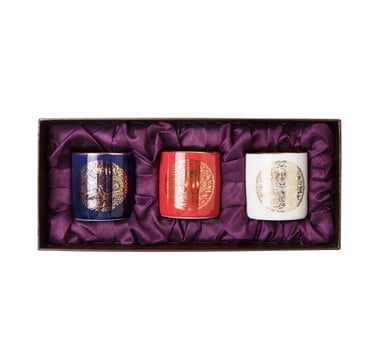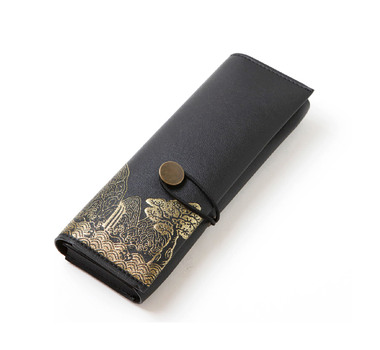
-
Whether they are an international guest visiting Korea or a local tourist from out of town, palaces are the first place people head to when visiting Seoul. Seoul was the capital of the Joseon Dynasty, which lasted for 600 years, so you can see the palaces of kings that have stood throughout the ages. Standing tall in the middle of the modern, dynamic Gwanghwamun area full of skyscrapers, Gyeongbokgung Palace is a striking contrast. It is one of the five Joseon-era royal palaces standing within the four gates of Seoul. Other palaces include the Deoksugung Palace, the UNESCO World Heritage Site of Changdeokgung Palace, Changgyeonggung Palace, and Gyeonghuigung Palace. On a nice day, it's not uncommon to see tourists dressed up in hanbok (traditional Korean clothes) and taking pictures at the palace.
-
But all this is not to say that Seoul only has historic sites. Seoul’s most notable strength as a tourist site is that it allows you to enjoy nature, such as mountains and rivers. Many major cities worldwide are formed around rivers, such as London’s Thames or Paris’ Seine, but not many are as big as Hangang River. Indeed, the Thames is about 265m in width, while the Hangang River’s width is 1km. The river is also home to parks and waterside facilities like Yeouido, Banpo, Ttukseom Island, and Nanji Hangang Park, which allow you to get the most out of Hangang River’s charms.
-
Want to see a more modern landmark? Head to Dongdaemun Design Plaza (DDP). Designed by Iraqi-born architect Zaha Hadid, it looks like something out of the world of the future, with no straight lines or walls between the exterior and interior. The DDP comprises a museum, a lounge, and shops for souvenirs. All these show that Seoul is a dynamic and colorful place where traditional and modern, natural and artificial landmarks meet in one place.

Palaces in Seoul, one of Korea’s most popular tourist sites, date back to the Joseon period. The Joseon Dynasty continued for 27 generations, spanning a history of nearly 500 years. Here are some handicrafts that invoke the symbols of this long-lived dynasty and the Joseon period.
 |
DRAGON ROBE CUP SET
This white porcelain cup set is inlaid with motifs inspired by gollyongpo, the royal robe worn by kings of Joseon. Blue refers to King Taejo, the founder of Joseon, while red refers to King Yeongjo, who presided over one of the highest points of Joseon culture. White refers to King Gojong, the 26th ruler of Joseon.
|
 |
IRWOROBONGDO PENCIL CASE
This pencil case is inspired by Irworobongdo (Sun, Moon, and Five Peaks Screen), a painting that was placed behind the royal throne during the Joseon period. The sun and the moon symbolize the king and the queen, while the five peaks symbolize the eternal prosperity of the Joseon Dynasty. Now, you can bring a piece of this royal glory into your daily life.
|
 |
ROYAL INSPECTOR GOLF BALL MARKER
This golf ball marker is patterned after the Joseon-era mapae. Mapae (“horse pass”) refers to a round disc engraved with horses that served as a sign of authorization for royal inspectors during the Joseon period. Use these markers to distinguish yourself on the field as well. The markers are about the size of a coin, and the iconic horse engravings are inlaid on gold-and-copper-like metal for further authenticity. A magnet is attached to the back, so it can be used as a fridge magnet or an interior decoration.
|





